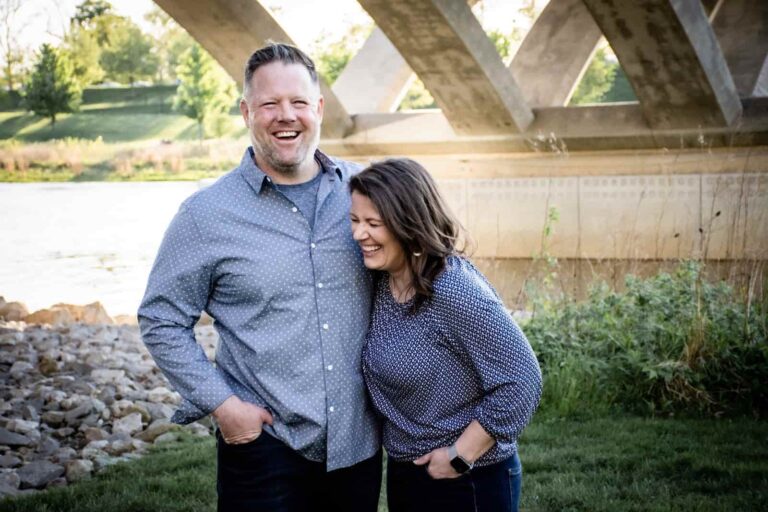15 Parent-Tested Tips for Teaching Teens to Drive
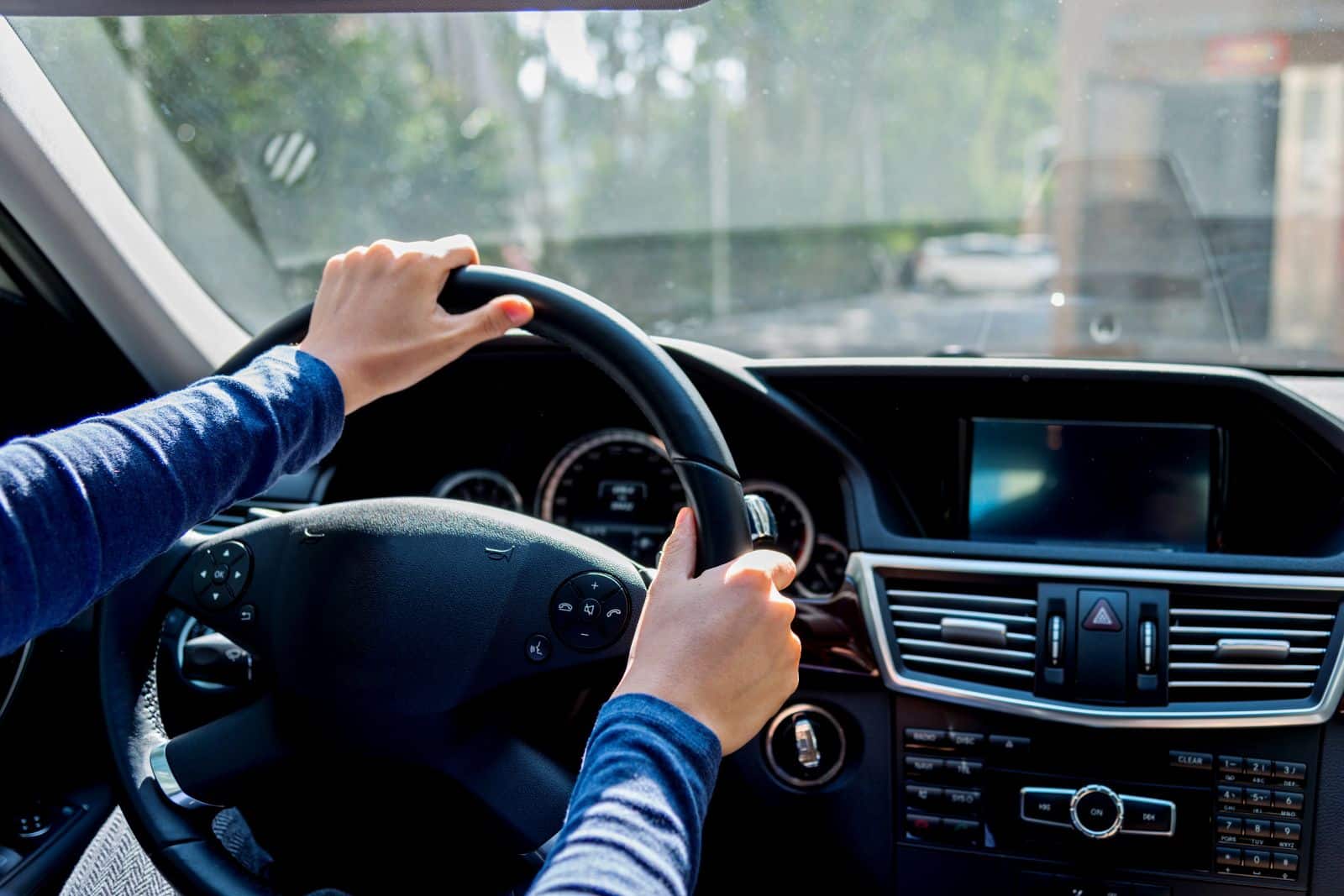
The top things to do as you teach a teenager to drive to make it a safe and low-stress experience.
This post contains some affiliate links – we earn a small commission if you purchase through our links, and we appreciate your support.
My oldest son turned 15 and a half this year. I was slightly terrified to jump into the process of teaching him to drive, even though he’s the kind of kid I knew would be pretty good at learning. (I’m completely terrified by the thought of training one of my other children, who’s a bit more distracted and quick to panic.)
It reminded me of when I was a brand new mom staring at my tiny newborn, shocked that they were letting me take this baby home and expecting that I knew how to take care of it. My mistakes could have serious repercussions. What the heck am I supposed to do with a brand new driver?
I started the process with a really in-depth research technique that I call “talking to my friends who have done this before.” This technique is helpful in many aspects of my parenting journey, I find. I let other moms with older kids do the actual research and make a few mistakes and then I just come along behind and soak up their wisdom.
This involved:
- Texting a friend about what driving school she and some others used for their kids. My son is a student athlete and I know going to in-person classes wouldn’t be possible without a major delay to the process. So I asked a friend whose daughter used a virtual option that had in-car driving locations nearby. Then I went to the website she sent me and booked.
- Talking to a couple other friends about where to get the permit test study guide (you can just download it from the bureau of motor vehicles website).
- Telling my son I had heard the permit test gets pretty nitpicky and that he better actually study the booklet. He found the online practice tests pretty helpful.
- Asking everyone I knew if the documentation I had was enough and then whining to my husband until he called the BMV, told them what I was bringing, learned it was enough, and told me to just shut up already.
Apparently I didn’t talk to quite enough people, because I didn’t get the memo that students have to take their permit test at an Exam Center. We went to the nearest BMV and waited in line just to learn he couldn’t actually take his permit test at that location. Bummer. But after sitting in multiple BMVs, my son now understands all of the BMV/DMV memes.
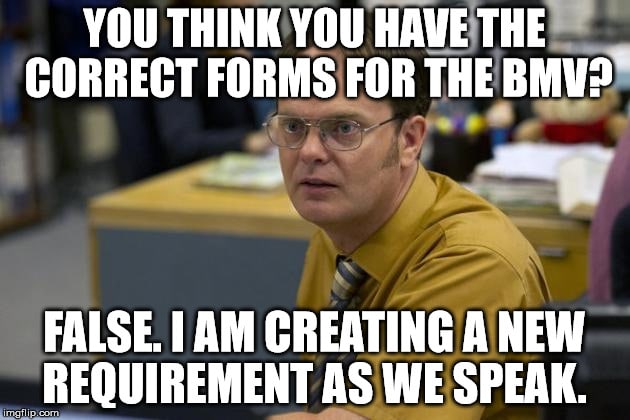
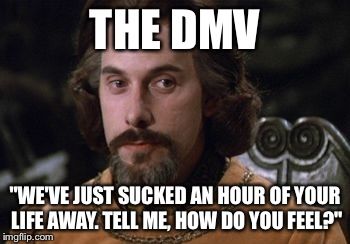
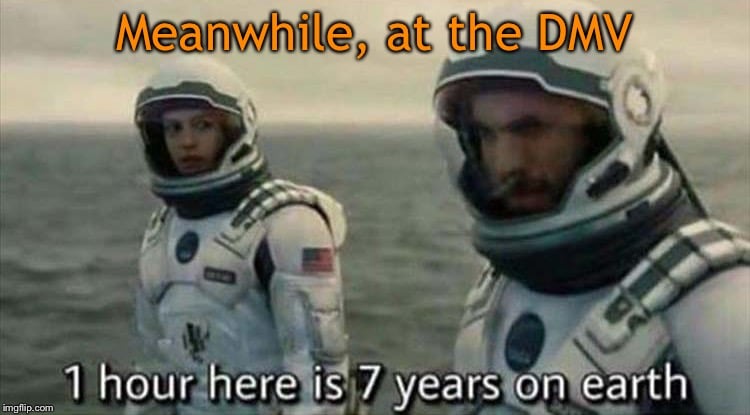
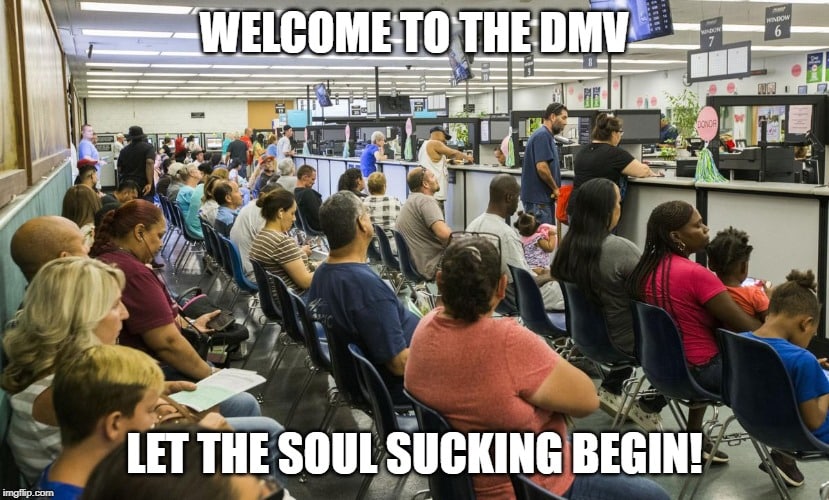
NOTE: There is a super cool new option to take your learner’s permit exam ONLINE. Helpful if it doesn’t tell you that it can’t verify your identity, so you’re not permitted to take the test online and you still have to go to an Exam Center and take the test in person. This is what it told my son and I think everyone else I’ve talked to who tried to use it. But give it a shot. God speed.
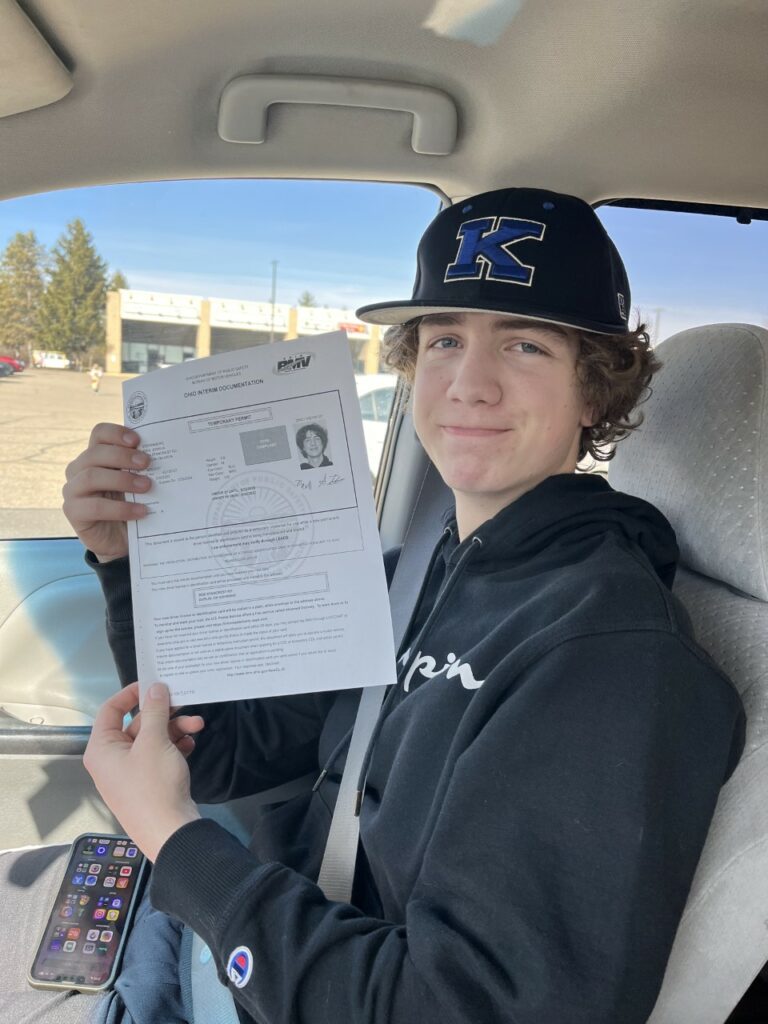
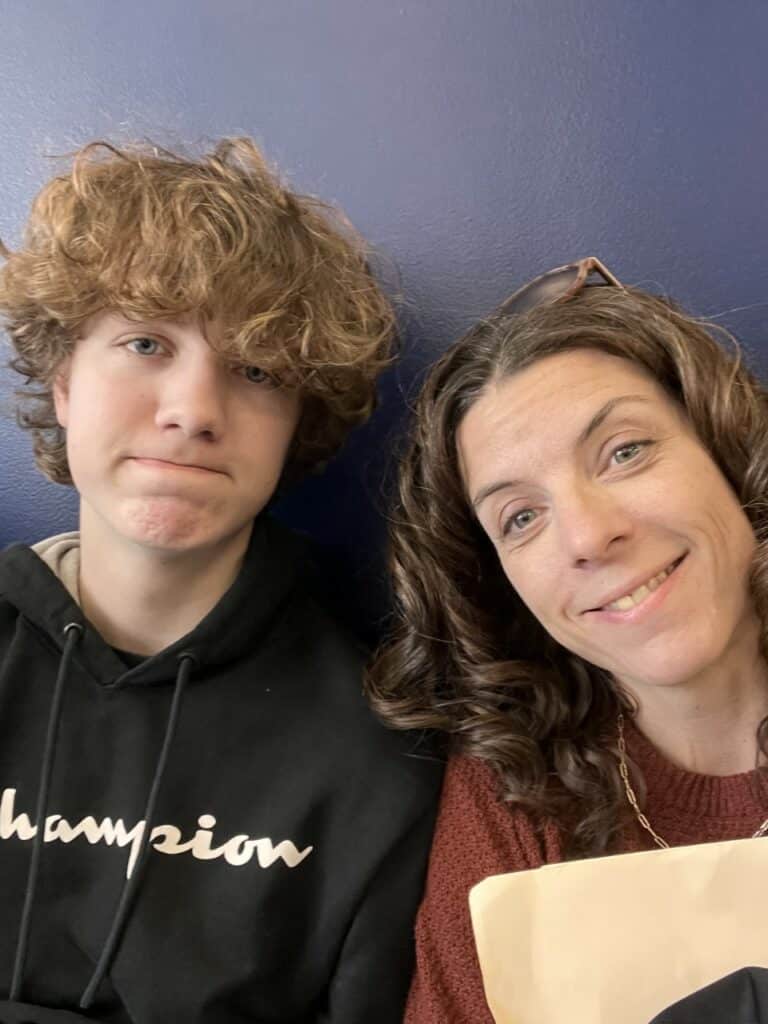
So we’re now in limbo land between my son getting his provisional license and being able to actually take his driving test. I ordered the Please Be Patient, Student Driver magnets for our cars and put adding him to our car insurance on my to-do list for closer to when he’ll take the actual driver’s license test. I’m writing this now while my husband and I are still in the midst of giving driving lessons to a teen driver for the first time so that the information is super fresh.
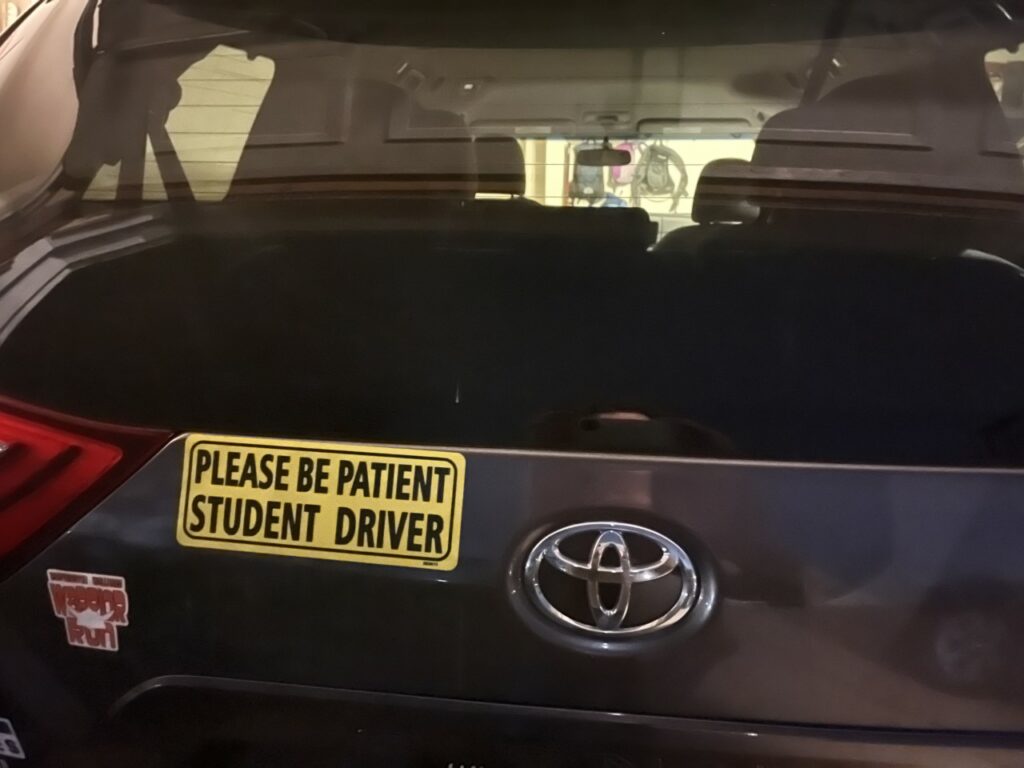
1. Cover basic rules as a first step
The permit test covers rules of the road, but most parents of teenagers realize how many times a teen has to hear something before they actually HEAR it. I’m talking about things beyond basic operation of the car. Things like never using a cell phone, eating, playing with the radio or messing around with friends while driving bear repeating many, many times.
Covering these ground rules is important because some of these things aren’t illegal and also because teens might argue they see us doing them. We have a lot more experience driving under our belts, though some of these really are bad habits and things we shouldn’t do while driving if we’re being honest.
The lessons new drivers go through in driving school also hit these lessons hard. There are lots of questions about the penalties for drunk driving on the permit test, and the driving classes talk repeatedly about the biggest cause of accidents being lack of focus due to phones and friends.
The National Highway Safety Traffic Administration shared research that that dialing a phone number while driving increases your teen’s risk of crashing by six times, and texting while driving increases the risk by 23 times. The Centers for Disease Control and Prevention actually offers a downloadable Parent-Teen Driving Contract where you can set ground rules and penalties for your young driver.
Driving is just one of many aspects of our teens’ lives impacted by technology, and we dig into that more in our post on using tech to teach responsibility to teens.
2. Review dashboard controls
This doesn’t need to take a lot of time, but the first time your kid sits in the driver’s seat is a good time to go over dashboard controls:
- Windshield wipers
- Turn signals
- Lights/brights
- Speedometer
- Gas gauge (and how to tell which side the gas tank is on)
- What cruise control is and how to turn it on
- Parking brake
3. Start in an empty parking lot
Letting a young driver take the wheel for the first time and have full control of the gas and break pedals feels a little like stepping off a cliff with a parachute on your back. You pray and hope everything works like it should. A big, empty parking lot with nothing to hit is a good place to start.
We started in our middle school and high school parking lots because they have a stop sign and opportunities for making a right turn and left turn and maneuvering into a parking spot.
4. Practice pulling into a parking spot (from every angle)
Our area requires that students rack up 50 hours of driving practice sessions between getting a permit and getting a license. We plan to practice parking during nearly every driving session, because I feel like hitting another car while trying to pull into or out of a parking spot is pretty darn easy to do.
Parks, libraries, schools, churches and stores like Target have a ton of parking spaces where teenage drivers can practice pulling into spots forward and backward and from both directions.
5. Upgrade from parking lots to a wide & quiet street
A friend suggested a nearby neighborhood in our area as a step up from parking lot driving lessons. We started in a residential neighborhood that had wide streets and very little traffic. My son experienced oncoming traffic, but at a slow speed and with plenty of room on the road.
I was most scared of this first “open road” driving session, and it honestly wasn’t that bad thanks to the neighborhood we chose.
6. Choose a long road with changing speed limits
We upgraded from sleepy neighborhood driving to a busier and very long road at the suggestion of another friend because the road starts at a 35 MPH speed limit and then shifts anywhere from 25 to 50 MPH multiple times as it goes through different areas even though we still basically drove in a straight line on one road. The road also had a couple simple roundabouts and street lights, but there was just one lane going each direction.
It’s a learning curve for teens to judge where they are in the lane and not veer too far to the right when cars feel like they’re coming at you. My son also mentioned that seeing cars come up at intersections in his peripheral vision took some getting used to. Being on the actual road also gives you many more opportunities to point out road rules as your teen is driving.
7. Seek out different types of turns
As you choose different places to have your teen drive, look for opportunities for them to take different types of turns. It takes practice to judge how wide or tight to take turns or to figure out how to stay in your own lane as turns take different angles. Left-hand turns (especially if you’re in an intersection and the light turns red) can be really stressful.
8. Drive in a variety of road conditions
I let my son drive home at dusk the other day because no one else was in the car. Now that he has the basics down, we’ll start seeking out different road conditions. Different times of day, different weather, different roads. The amount of time student drivers are required to practice with parents and driving instructors nearly guarantees that they’ll see a variety of road conditions.
9. Save inclement weather driving for a later lesson
Build up some experience and confidence before taking your new driver out in really rainy, snowy or windy conditions if you can help it. It’s important for them to experience these things, but good weather is helpful for those first 10-20 hours of driving experience.
10. Practice parallel parking nearly every drive
Maneuverability is part of the driving test, and practice is the only way to get better. So it’s a good idea to practice parallel parking nearly every drive. I’ll be the first to admit that I’m not the best at this. In fact, I avoid it when I can. But when I was in grad school and had to wedge myself into small on-street parking spots every day to make it to class, I was amazing. It’s a skill that gets and stays sharp with practice.
11. Teach highway safety
Something else to save until a student driver is showing more comfort and confidence with driving basics is highway driving. It’s great idea to cover some highway driving basics before you even set out. Talk about best practices for merging onto the highway, changing lanes and cruise control. Review the importance of checking mirrors and double-checking blind spots.
12. Constantly remind about seat belts & turn signals
These might seem basic, but they are crucial and easy to forget as young drivers start to think about the more complex aspects of driving. My son drove us home from a friend’s house the other day, and realized after we backed out of her driveway that he hadn’t put on his seatbelt because he was flustered that she was watching.
13. Stay calm (or fake calm) in the passenger seat
I was warned by both my son and my husband not to freak out when I rode with my son. Apparently I did “better than expected,” but I get that a panicking passenger does not help an already-stressed driver. There might be a few fingernail marks in the armrest, but I’ve really tried to keep my tone of voice and the things I say calm during driving lessons. I’m sure it’s entertaining to hear me try to be calm while saying things like “ok, you’re about to run my side of the car into the curb.”
So many of the 7 habits of incredibly impactful parents are woven into the not-so-simple process of teaching a teen to drive.
14. Remind them to watch their blind spot
Once young drivers get use of those mirrors down, they don’t see much point in turning around to check blind spots. My son is learning to drive in our family car…which is a minivan. No amount of looking in mirrors catches all of the blind spots. I remind him all the time to check and then check again.
15. Push them to do the driver’s education course
The online driving classes my son is taking requires that all online coursework be completed before he can sign up for in-car driving with a driving instructor. I hear rumors that there is a pretty decent delay between signing up and actually doing the in-car driving, so it’s important to get the classes done as quickly as possible and get the in-car driving scheduled. Otherwise, a new driver could be waiting months to finish the required in-car driving with an instructor even after classes and driving with parents are finished.
BONUS TIP: Seek out local defensive driving training
There is a local (and FREE) defensive driving program in our area that puts young drivers in a simulator where they experience “real world” obstacles, conditions and distractions in a safe and controlled driving environment. See if your area has the option for simulations designed to let student drivers experience and respond to situations like this.


